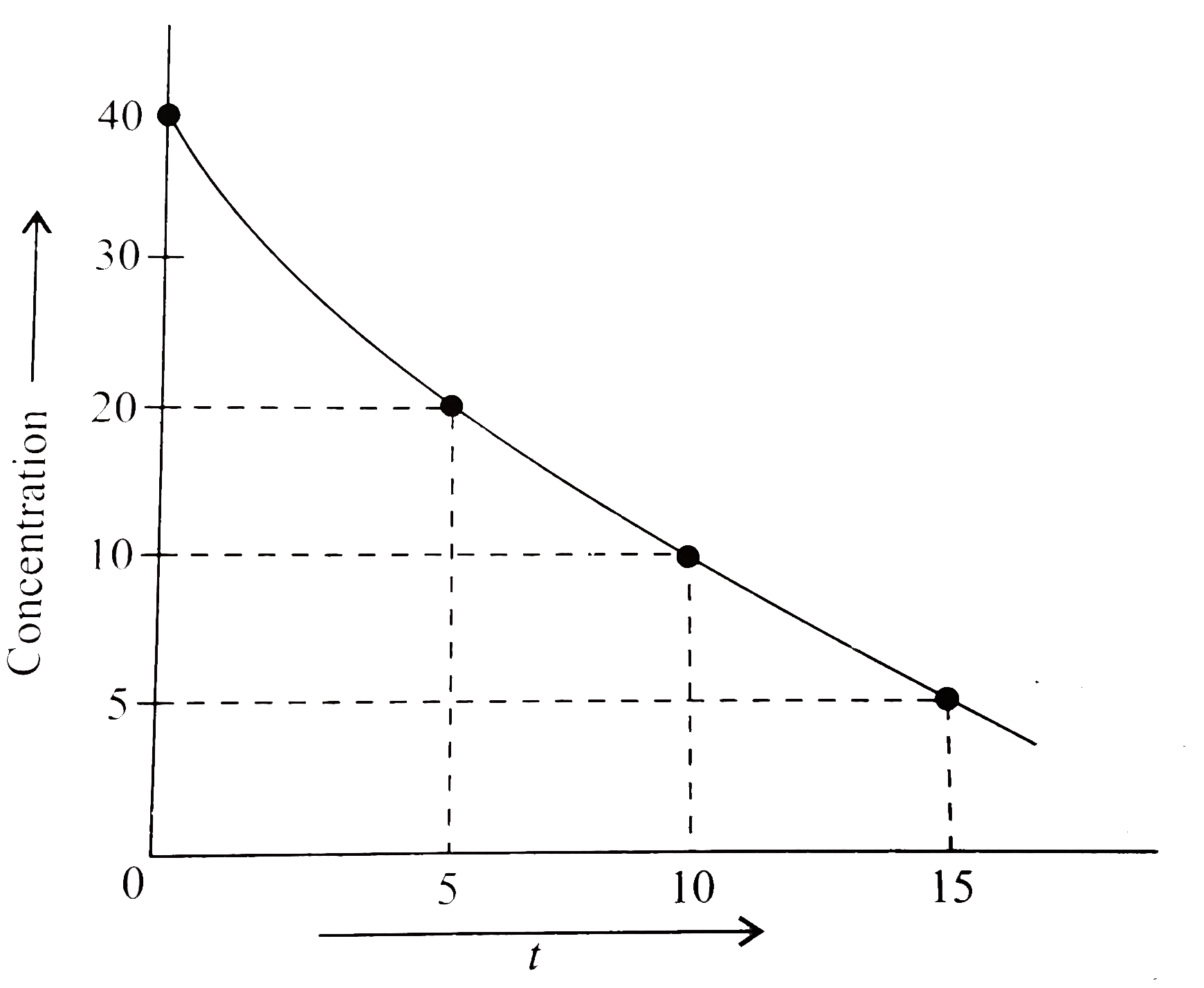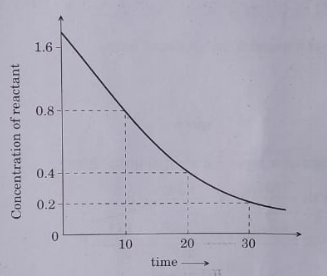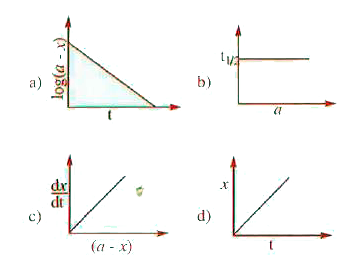Drawn the graph that the concentration 'R', of the reactant and 't' the reaction time for a zero Order reaction. Solution in Telugu
Topper's Solved these Questions
- ELECTROCHEMISTRY & CHEMICAL KINETICSBOOK - VIKRAM PUBLICATION ( ANDHRA PUBLICATION)CHAPTER - ELECTROCHEMISTRY & CHEMICAL KINETICSEXERCISE - SHORT ANSWER QUESTIONS
25 Videos
- ELECTROCHEMISTRY & CHEMICAL KINETICSBOOK - VIKRAM PUBLICATION ( ANDHRA PUBLICATION)CHAPTER - ELECTROCHEMISTRY & CHEMICAL KINETICSEXERCISE - LONG ANSWER QUESTIONS
12 Videos
- ELECTROCHEMISTRY & CHEMICAL KINETICSBOOK - VIKRAM PUBLICATION ( ANDHRA PUBLICATION)CHAPTER - ELECTROCHEMISTRY & CHEMICAL KINETICSEXERCISE - PROBLEMS
55 Videos
- D AND F- BLOCK ELEMENTS AND CO-ORDINATION COMPOUNDS BOOK - VIKRAM PUBLICATION ( ANDHRA PUBLICATION)CHAPTER - D AND F- BLOCK ELEMENTS AND CO-ORDINATION COMPOUNDS EXERCISE - INTEXT QUESTIONS
33 Videos
- GENERAL PRINCIPLES OF MMETALLURGYBOOK - VIKRAM PUBLICATION ( ANDHRA PUBLICATION)CHAPTER - GENERAL PRINCIPLES OF MMETALLURGYEXERCISE - DAM SURE SAQ
1 Videos
Similar Questions
What are galvanic cells ? Explain the woriking of a galvanic cell with a neat sketch taking Denicell cell as example.
View SolutionWhat are electro chemical cells ? How are they constructed ? Explain the working of the different types of galvanic cells ?
View SolutionThe standard potentials of some electrodes are as follows. Arrange the metals in an increasing order of their reductiong power.
1)K+/K=−2.93V 2)Ag+/Ag=0.80V 3)Cu2+/Cu=0.34V
4)Mg2+/Mg=−2.37V 5)Cr3+/Cr=−0.74C 6)Fe+/Fe=−0.44V
View SolutionSilver atom has completely filled d-orbitals (4d10) in its ground state. How can you say that it is a transition element ?
View SolutionGive examples to differentiate roasting and calcination.
View SolutionFor a reaction , a graph was plotted between reactant concentration c and time as shown in the figure below.

Identify the order of the reaction with respect to the reactant. Can the concentration of the reactant be theoretically zero after infinite time?
View SolutionAssertion (A) : In zero order reaction, the concenration of reactants is reduced to zero after its half life. Reason (R) : The concentration-time graph for zero order reactions is a straight line.
View SolutionAnalyse the given graph,drawn between concentration of reactant vs. time.
(a)Predict the order of reaction.
(b)Theoretically, can the concentration of the reactant reduce to zero after infinite time?Explain.
View SolutionDrawn the graphs that relate the concentrations (C ) of the reactants and the reaction times (t) and the concentrations of the products(C ) and the reaction times (t) in chemical reactions .
View SolutionWrite the equation relating [R], [R]_(0) and reaction time 't' for a zero order reaction. [R]= concentration of reactant at time 't' and [R]_(0)= initial concentration of reactiant.
View SolutionWhat will be the nature of the graph showing the concentration of the reactant and time of a first order reaction ?
View SolutionFor a zero order reaction, the initial concentration of the reactant =[A]0 and after time 't' from the initiation of the reaction, the concentration =[A] . What will be the nature of the graph of '[A]' vs 't,
View SolutionPlot a graph of concentration of a reactant at time t, [ (a-x)] against time for a first order reaction .Here a = initial concentration of the reactant an x = change in concentration of the reactant at any time 1 during the reaction.
View SolutionWhich of the following graphs represent a first order reaction (a=initial concentration of reactant, x=concentration of reactant consumed, t=time)

View SolutionIf a is the initial concentration of the reactant, the time taken for completion of the reaction if it is of zero order will be
View Solution

